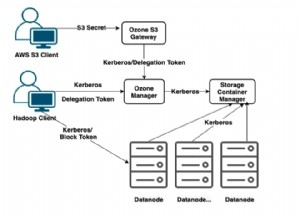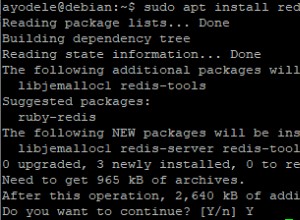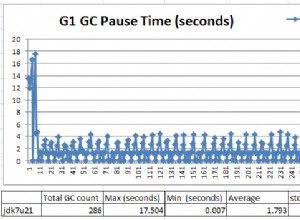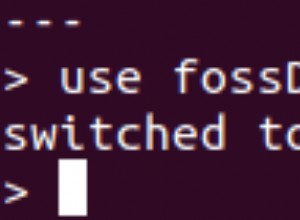Wenn Sie nur Ihre Spring Boot-App mit mongodb verbinden möchten, können Sie den keyStore und den trustStore mit Java-Code verwenden. Sie müssen Ihr Zertifikat also nicht über die Befehlszeile hinzufügen. Wenn Sie Cloud Foundry verwenden, können Sie Ihre App mit mongodbServices verbinden und haben dann alle erforderlichen Anmeldeinformationen in System.getEnv("VCAP_SERVICES").
@Configuration
public class MongoConfiguration extends AbstractMongoConfiguration {
private static Log logger = LogFactory.getLog(MongoConfiguration.class);
@Value("${spring.data.mongodb.database}")
private String defaultDatabase; //database you want to connect
private String host;
private int port;
private String authenticationDb; //usually admin
private String username;
private char[] password;
private String certificateDecoded; //your CA Certifcate decoded (starts with BEGIN CERTIFICATE)
public MongoConfiguration() {
//method for credentials initialization
}
//you can't set replicaset=replset in mongooptions so if you want set replicaset, you have to use
// customEditorConfigurer in combintaion with class that implementsPropertyEditorRegistrar
@Bean
public static CustomEditorConfigurer customEditorConfigurer(){
CustomEditorConfigurer configurer = new CustomEditorConfigurer();
configurer.setPropertyEditorRegistrars(
new PropertyEditorRegistrar[]{new ServerAddressPropertyEditorRegistrar()});
return configurer;
}
@Override
protected String getDatabaseName() {
return authenticationDb;
}
@Override
@Bean
public MongoClient mongoClient() {
MongoClient mongoClient = new MongoClient(Arrays.asList(new ServerAddress(host, port)), mongoCredentials(), mongoClientOptions());
return mongoClient;
}
@Bean
public MongoClientOptions mongoClientOptions() {
MongoClientOptions.Builder mongoClientOptions = MongoClientOptions.builder().sslInvalidHostNameAllowed(true).sslEnabled(true);
try {
InputStream inputStream = new ByteArrayInputStream(certificateDecoded.getBytes(StandardCharsets.UTF_8));
CertificateFactory certificateFactory = CertificateFactory.getInstance("X.509");
X509Certificate caCert = (X509Certificate) certificateFactory.generateCertificate(inputStream);
TrustManagerFactory trustManagerFactory = TrustManagerFactory
.getInstance(TrustManagerFactory.getDefaultAlgorithm());
KeyStore keyStore = KeyStore.getInstance(KeyStore.getDefaultType());
keyStore.load(null); // You don't need the KeyStore instance to come from a file.
keyStore.setCertificateEntry("caCert", caCert);
trustManagerFactory.init(keyStore);
SSLContext sslContext = SSLContext.getInstance("TLS");
sslContext.init(null, trustManagerFactory.getTrustManagers(), null);
mongoClientOptions.sslContext(sslContext);
mongoClientOptions.sslInvalidHostNameAllowed(true);
} catch (Exception e) {
throw new IllegalStateException(e);
}
return mongoClientOptions.build();
}
private MongoCredential mongoCredentials() {
return MongoCredential.createCredential(username, authenticationDb, password);
}
//With MongoTemplate you have access to db.
@Bean
public MongoTemplate mongoTemplate() {
SimpleMongoDbFactory factory = new SimpleMongoDbFactory(mongoClient(), defaultDatabase);
return new MongoClient(factory);
}
}
public final class ServerAddressPropertyEditorRegistrar implements PropertyEditorRegistrar {
@Override
public void registerCustomEditors(PropertyEditorRegistry registry) {
registry.registerCustomEditor(ServerAddress[].class, new ServerAddressPropertyEditor());
}
}




